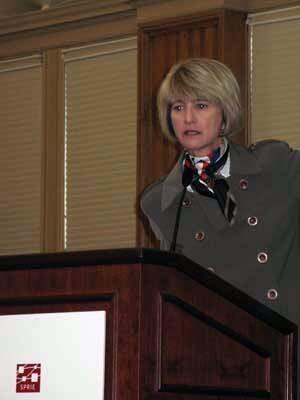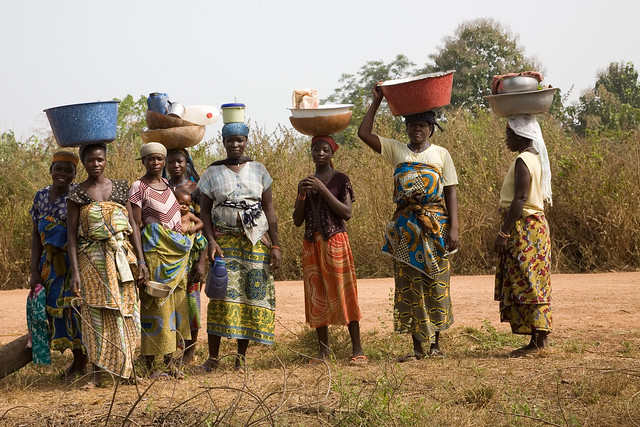In this analysis of the region, Hicham Ben Abdallah points out that, while political issues are important to understanding the authoritarian political structures of the Arab world, it is also important to understand the dynamics of culture. Ben Abdallah demonstrates the proliferation of cultural practices through which societies and individuals learn to live in a complex mix of parallel and conflicting ideological tendencies -- with the increasing Islamicization of everyday ideology developing alongside the proliferation of secular forms of cultural production, while both negotiate for breathing room under the aegis of an authoritarian state.
He describes how the state takes advantage of a segmented cultural scene by posing as a restraint against the extremes of the salafist norm, while channeling modernist cultural expression into safe institutional and patronage reward systems and into a commercialized process of "festivalization," all of which celebrate a depoliticized "Arab" identity.
Hicham Ben Abdallah refers us to the deep history of Islam, which protected divergent cultural and intellectual influences as the patrimony of mankind. He suggests a new cultural paradigm, inspired by this history while understanding the necessity for political democratization and cultural modernism. We must, he argues, be unafraid to face the challenges implied in the tension between the growing influence of a salafist norm and the widespread embrace of implicitly secular cultural practices throughout the Arab world.
Hicham Ben Abdallah El Alaoui received a B.A. in Politics from Princeton University, and an M.A in Politics from Stanford University. He recently founded the Moulay Hicham Foundation for Social Science Research on North Africa and the Middle East, and serves as its Director.
Through this Foundation he has established the Program on Good Governance and Political Reform in the Arab World, at The Freeman Spogli Institute's Center on Democracy, Development, and the Rule of Law at Stanford University. Hicham Ben Abdallah is a member of the Advisory Board of the Freeman Spogli Institute.
He has also recently founded a program in Global Climate Change, Democracy and Human Security (known as the "Climate Change and Democracy Project), in the Division of Social Sciences, Orfalea Center for Global and International Studies, at the University of California, Santa Barbara.
In 1994, at Princeton University, Hicham Ben Abdallah endowed the Institute for the Trans-regional Study of the Contemporary Middle East, North Africa, and Central Asia. This Institute has become an important venue for study and debate on the region.
Hicham Ben Abdallah is also active in global humanitarian and social issues. He serves on the Human Rights Watch Board of Directors for the Middle East and North Africa. He has worked with the Carter Center on a number of initiatives, including serving as an international observer with the Carter Center delegations during elections in Palestine in 1996 and 2006, and in Nigeria in 2000. In 2000, he served as Principal Officer for Community Affairs with the United Nations Mission in Kosovo .
Hicham Ben Abdallah is also an entrepreneur in the domain of renewable energy. His company, Al Tayyar Energy, develops projects that produce clean energy at competitive prices. He has implemented several of these projects in Asia, Europe and North America.





